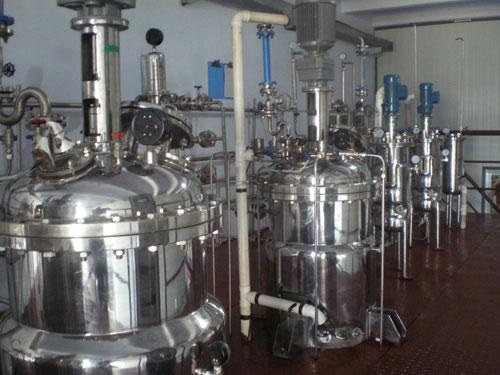3’-deoxyadenosin, Cunningham et al. reported 3’-deoxyadenosine(Cordycepin) was first isolated from the culture filtrate of the medicinal fungus Cordyceps militaris in 1950.
Herba Su has been identified as one of the important active ingredients of Cordyceps militaris.
Cordycepin has a wide range of medical and health care values.
Its medicine Physical activity includes anti-cancer, anti-metastasis, anti-tumor, anti-apoptosis, anti-inflammatory.
Cordycepin can also be used as a functional ingredient ssed in health products, food, and makeup products, Anti-oxidant, anti-aging.

| No. | Items | Details |
|---|---|---|
| 1 | Name | 3’-deoxyadenosine |
| 2 | Synonym | Cordycepin, 9-(3-deoxypentofuranosyl)-9H-purin-6-amine |
| 3 | CAS NO. | 73-03-0 |
| 4 | Molecular formula | C10H13N5O3 |
| 5 | Molecular weight | 251.24 |
| 6 | Packing size | 100gram/bag, 500gram/bag, 1kg/bag |
| News of 3’-deoxyadenosine (Cordycepin) | |
|---|---|
| 1 | A Systematic Review of the Biological Effects of Cordycepin |

Mechanism of Cordycepin Inhibiting Proliferation and Promoting Apoptosis of Hepatoma Cells by Regulating Gli1
Method:Glioma-associated oncogene homolog 1 (Gli1) gene was silenced by small interfering RNA (siRNA) and transfected into SMMC-7721 cells, and then cell proliferation was detected by cell counting kit-8 (CCK-8) assay and cell cloning assay. SMMC-7721 cells were treated with different concentration of cordycepin, and the cell proliferation and apoptosis were examined. The expression of Gli1 and the downstream related genes was determined by real-time PCR and Western blotting.
Result: The mRNA and protein expression of Gli1 in SMMC-7721 cells was higher than that in normal liver cells (P<0.01). The proliferation rate of SMMC-7721 with silenced Gli1 decreased at 72 and 96 h (P<0.05, P<0.01), and the colony-forming capacity lowered (P<0.01) compared with those in the blank group. Compared with the control, 80 μmol·L-1 and 120 μmol/L cordycepin significantly inhibited the proliferation of SMMC-7721 cells at 72 and 96 h (P<0.05, P<0.01), and promoted the apoptosis of
them (P<0.01). Moreover, 80 and 120 μmol/L cordycepin restrained the mRNA and protein expression of Gli1 in SMMC7721 cells (P<0.05, P<0.01). At 120 μmol/L, cordycepin led to the decrease in the mRNA and protein levels of B-cell lymphoma-2 (Bcl-2) and c-Myc and the increase in the mRNA and protein expression of cysteine-aspartic acid protease-3 (Caspase-3) (P<0.05, P<0.01). Conclusion:Gli1 is highly expressed in HCCs, and cordycepin can suppress the proliferation and enhance the apoptosis of HCCs by regulating Gli1 and the downstream apoptosis-related factors.
